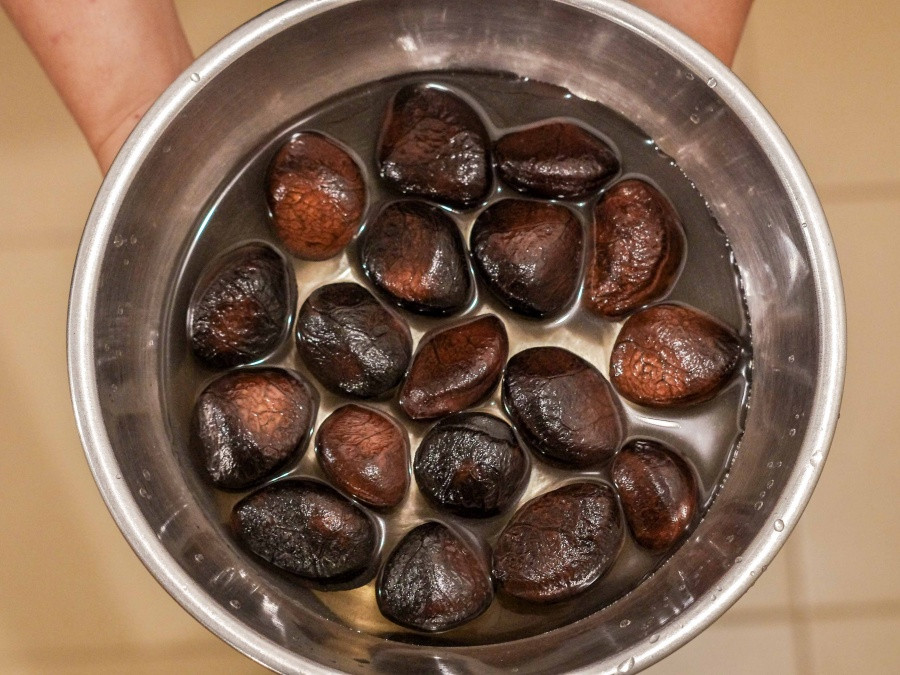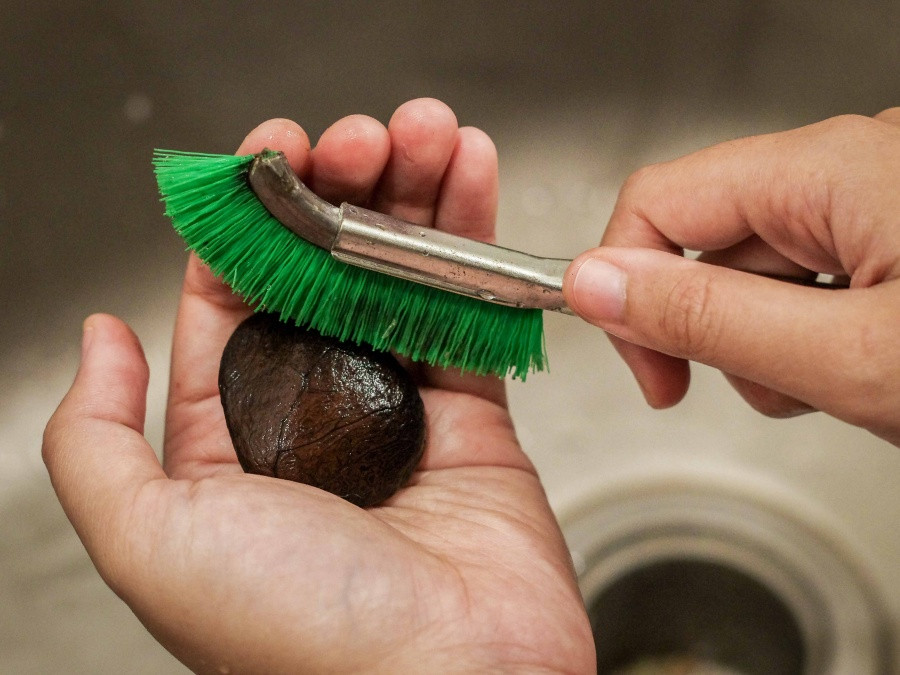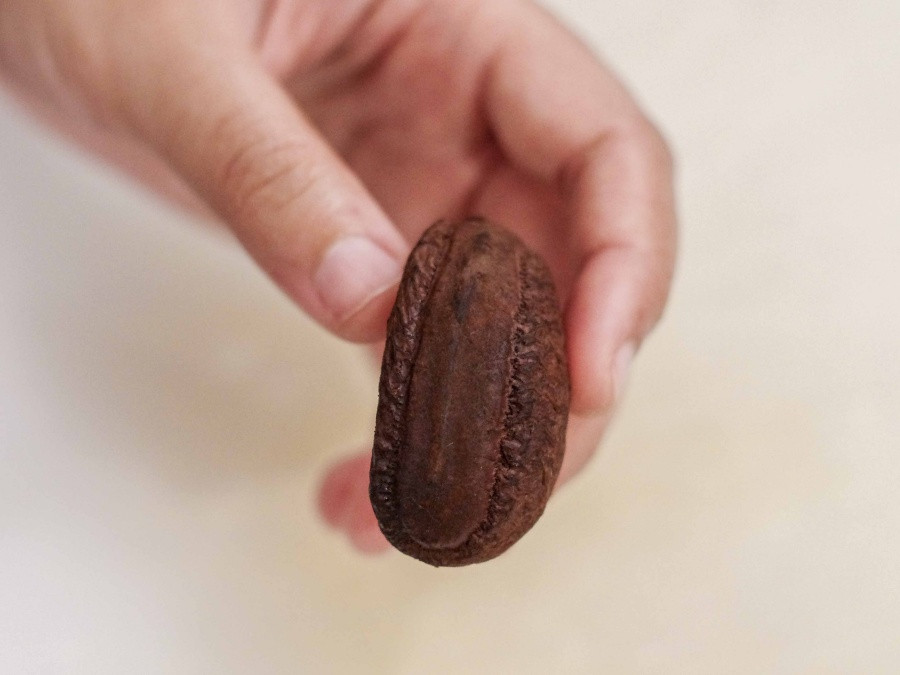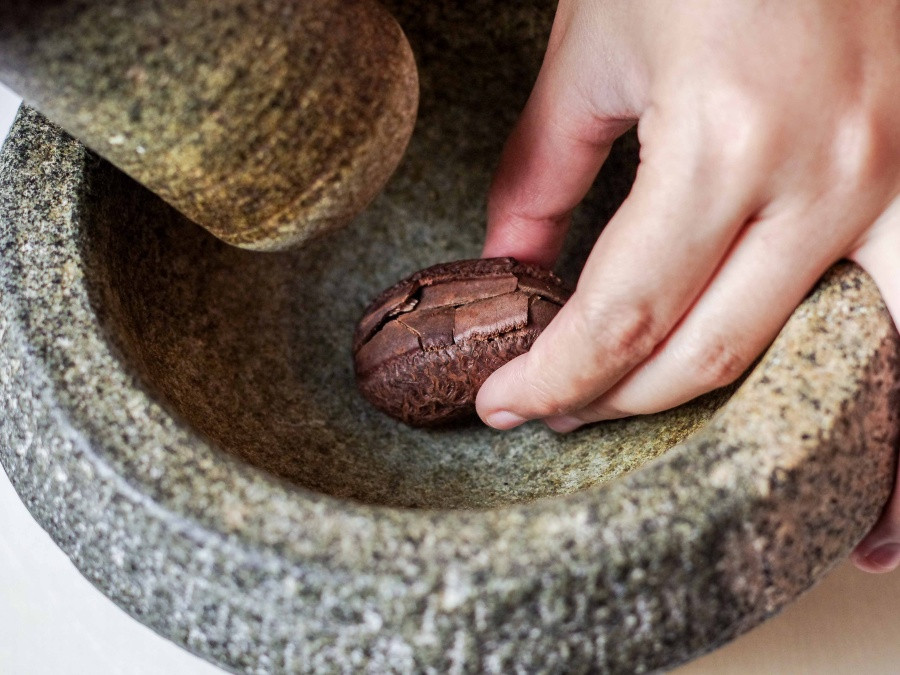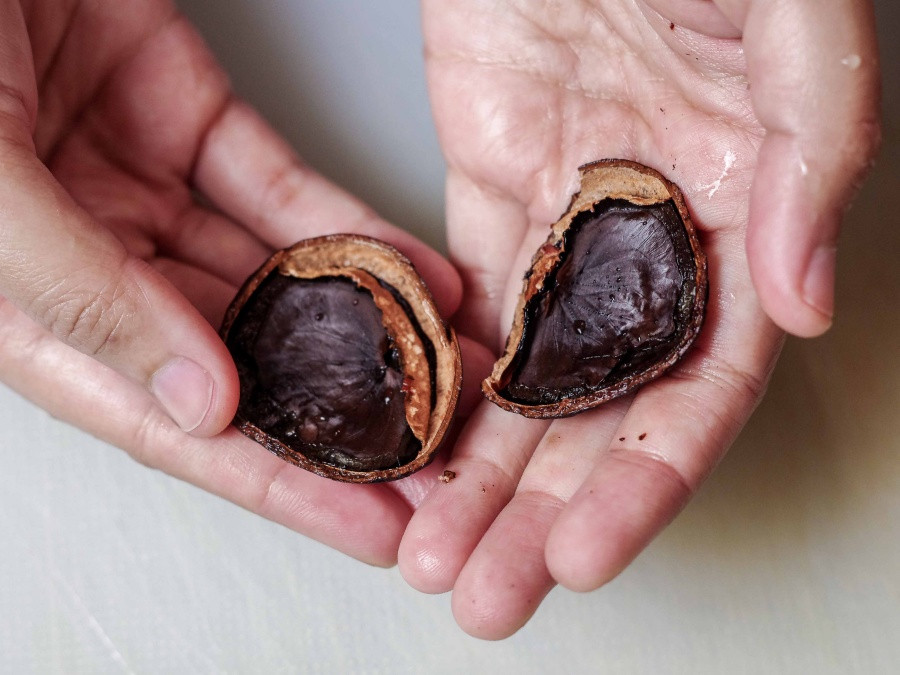The 101: How to prepare keluak
by Alia Ali09 Apr 2021
The keluak fruit is highly toxic when consumed directly, and needs to be properly tended to for safe consumption.
Keluak fruit, also known also as kepayang or pangi in Malaysia, is the hard fruit of the keluak tree. Popularly used in the Nyonya dish ayam keluak, it imparts a smoky, nutty flavour that counters well with spicy preparations. This fruit is also highly toxic, as it contains hydrogen cyanide. When consumed directly, it causes vertigo and confusion at best (hence the term ‘mabuk kepayang’), and is fatal at worst.
But like many other potentially dangerous edibles—remember that many of our favourite vegetables like tomatoes are in the notorious nightshade family!—there are ways to safely prepare them for consumption. Many families have their own tried-and-true methods of preparing keluak, and many sellers provide the fruit ready for use. What follows is our own preferred method for preparing untreated keluak.
Do note that it takes about a week for keluak to be ready for cooking and eating, so plan accordingly.
- Rinse and soak the fruit with water in a bowl large enough to fit them all in a single layer.
- After about half a day, scrub each fruit as well as possible with a stiff brush and rinse under running water.
- Continue soaking the fruits for a total of seven days, changing the soaking water twice a day. Scrub the fruits and rinse at the same time if you wish, although a scrub once every other day will suffice.
- On the seventh day, scrub and rinse the fruit one last time, then place in a pot of water to boil at high heat for about 10 minutes.
- Remove the fruit from the water and leave to dry for about half an hour.
- Get a pestle and mortar ready. Locate the lip of the fruit: it is a noticeably smooth band along one side.
- Place a firm grip on the fruit (making sure fingers are out of the way), before smacking the mortar firmly onto the lip.
- This may have to be done more than once, but a crack will be visible. Use fingers or a spoon to wedge the fruit open to reveal the inside of the fruit.
- Scoop out the flesh with a spoon into a separate bowl. Repeat with the remaining fruits. The flesh of the keluak fruit is now ready for use.
Important note: Do not feed leftovers to animals, compost the shells, or water plants with the soaking liquid, as the lingering hydrogen cyanide may poison them. Pour liquids down the sink and solids into general trash.
Read next
The 101: How to prepare tamarind
A step-by-step guide

The 101: How to avoid soggy meehoon
To soak or not to soak?

The 101: Fermentation with pangi seeds
A guide to preserving with pangi


